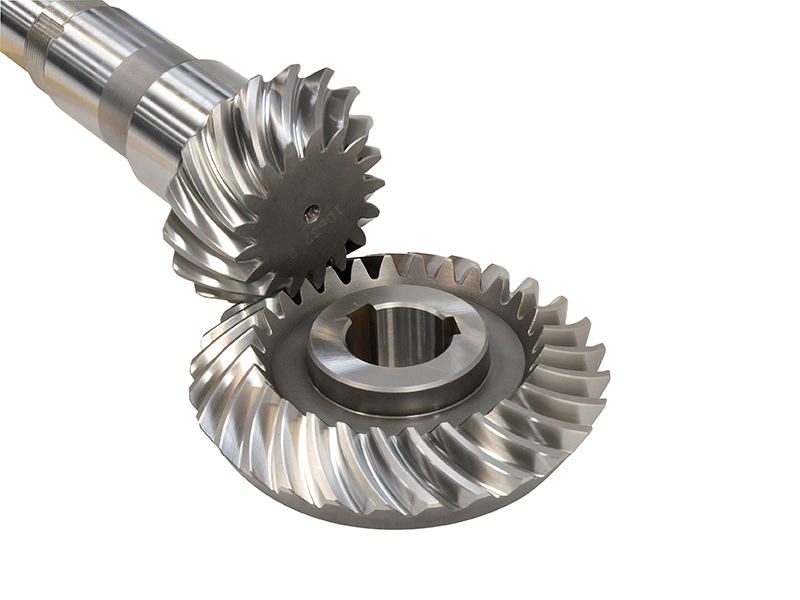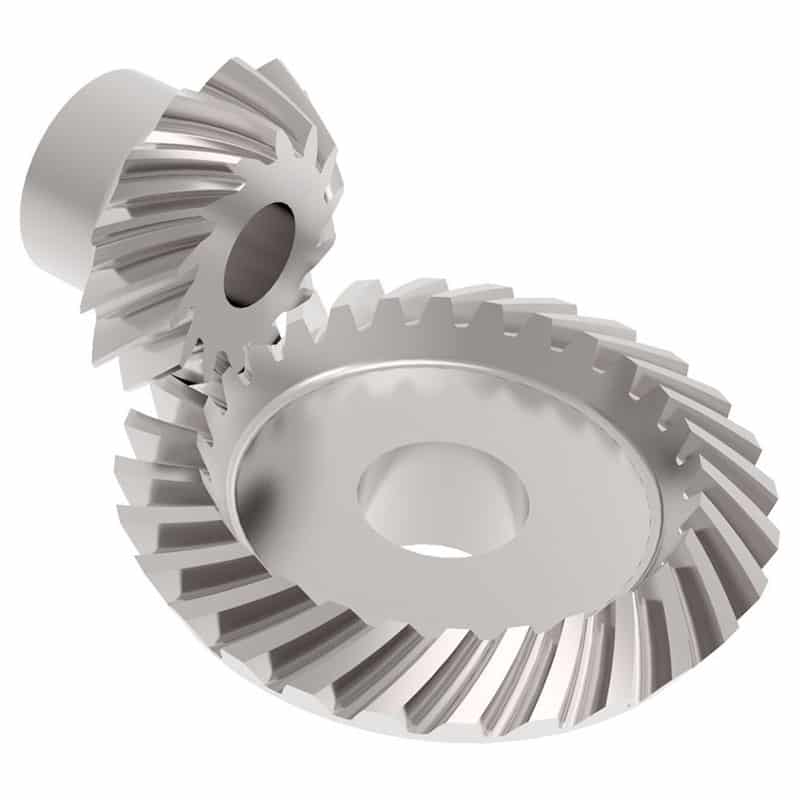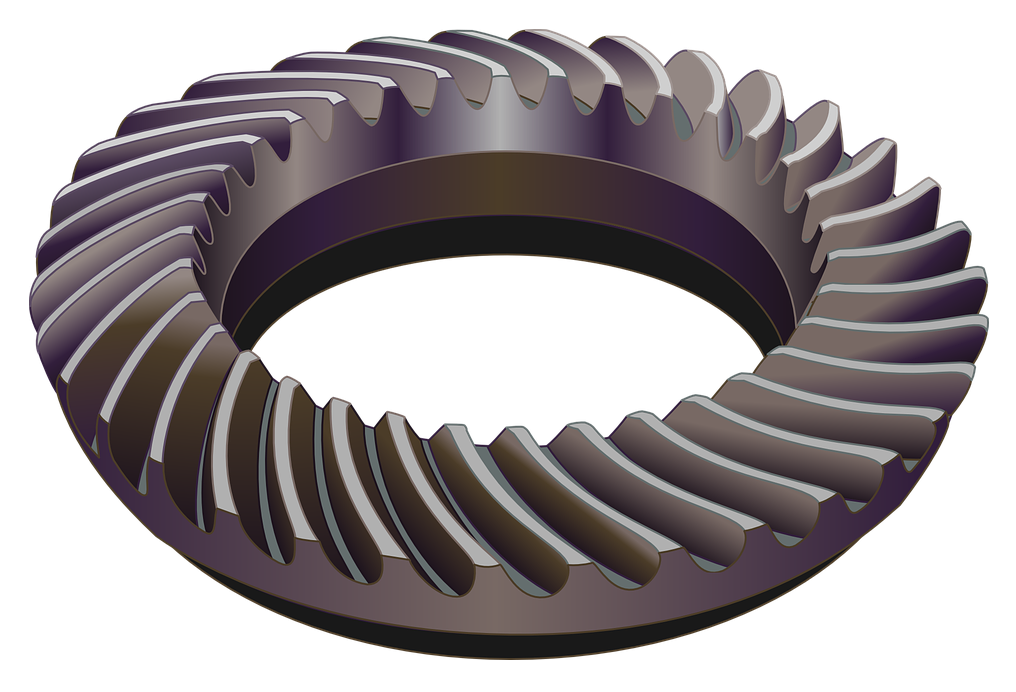Product Description
Product Description
|
Products |
Gear |
|||
|
Module |
M0.3-M10 |
|||
|
Precision grade |
DIN5, DIN6, DIN7, DIN8, DIN10 |
|||
|
Pressure angle: |
14.5 degree, 15 degree, 20 degree |
|||
|
Material |
C45 steel, ,304SS, 316SS, 20CrMo,40Cr, brass, nylon, POM, and so on |
|||
|
Heat treatment |
Hardening and Tempering High Frequency Quenching Carburization etc |
|||
|
Surface treatment |
Blacking, Polishing, Anodization, Chrome Plating, Zinc Plating, Nickel Plating |
|||
|
Application |
Precision cutting machines.Lathes machine |
|||
|
Machining process: |
CNC engine latheCNC milling machine |
|||
Detailed Photos
Test
Inspection steps before delivery: Use GO/Nogo inspect hole—Use micrometer check dimensions—Next use stiffness detection system inspect hardness–Finally use CMM inspect precision
Packaging & Shipping
Company Profile
ZheJiang Haorongshengye Electrical Equipment Co., Ltd.
1. Was founded in 2008
2. Our Principle:
“Credibility Supremacy, and Customer First”
3. Our Promise:
“High quality products, and Excellent Service”
4. Our Value:
“Being Honesty, Doing the Best, and Long-lasting Development”
5. Our Aim:
“Develop to be a leader in the power transmission parts industry in the world”
|
6.Our services: |
1).Competitive price |
|||
|
2).High quality products |
||||
|
3).OEM service or can customized according to your drawings |
||||
|
4).Reply your inquiry in 24 hours |
||||
|
5).Professional technical team 24 hours online service |
||||
|
6).Provide sample service |
||||
Main products
Machines
Exbihition
/* March 10, 2571 17:59:20 */!function(){function s(e,r){var a,o={};try{e&&e.split(“,”).forEach(function(e,t){e&&(a=e.match(/(.*?):(.*)$/))&&1
| Application: | Machinery |
|---|---|
| Hardness: | Hardened Tooth Surface |
| Gear Position: | External Gear |
| Manufacturing Method: | Cut Gear |
| Toothed Portion Shape: | Spur Gear |
| Material: | Stainless Steel |
| Samples: |
US$ 100/Piece
1 Piece(Min.Order) | |
|---|
| Customization: |
Available
| Customized Request |
|---|
How do spiral gears contribute to reducing noise and vibration?
Spiral gears contribute significantly to reducing noise and vibration in gear systems. Their unique design and characteristics help minimize unwanted sound and vibrations. Here’s how spiral gears achieve noise and vibration reduction:
- Gradual Tooth Engagement: Spiral gears have a helical tooth arrangement, which results in gradual tooth engagement as the gears mesh. Unlike spur gears with instantaneous full tooth contact, the helical teeth of spiral gears gradually come into contact, reducing the impact and shock during gear meshing. This gradual engagement helps to minimize noise and vibration.
- Improved Contact Pattern: The helical tooth profile of spiral gears produces a favorable contact pattern between the teeth. The contact pattern is more evenly distributed across the tooth face compared to spur gears, which reduces stress concentration and potential noise generation. The improved contact pattern contributes to smoother and quieter gear operation.
- Load Distribution: Spiral gears distribute the load over multiple teeth due to their helical shape. This load distribution helps to minimize localized stresses and reduces the risk of tooth breakage or pitting, which can contribute to noise and vibration. By spreading the load across a larger contact area, spiral gears ensure smoother and more stable gear operation.
- Reduced Sliding Friction: The sliding friction between gear teeth can generate noise and vibration. Spiral gears, with their helical tooth profile, exhibit reduced sliding friction compared to spur gears. The sliding motion is distributed along the helical path, resulting in smoother tooth contact and reduced friction-induced noise and vibration.
Collectively, these factors—gradual tooth engagement, improved contact pattern, load distribution, and reduced sliding friction—contribute to the noise and vibration reduction achieved by spiral gears. This makes them particularly suitable for applications where quiet operation and minimal vibration are essential, such as precision machinery, automotive transmissions, and other noise-sensitive environments.
How do spiral gears handle variations in speed and load conditions?
Spiral gears, also known as helical gears, are designed to effectively handle variations in speed and load conditions. Their unique tooth profile and design features allow them to adapt to changing operating conditions. Here’s how spiral gears handle variations in speed and load:
- Gradual Tooth Engagement: The helical tooth arrangement in spiral gears enables gradual tooth engagement as the gears mesh. This characteristic is advantageous when dealing with speed variations. The gradual engagement reduces impact and minimizes the shock loads that can occur during rapid changes in speed, ensuring smoother gear operation and improved reliability.
- Load Distribution: Spiral gears distribute the load across multiple teeth due to their helical tooth arrangement. This load distribution capability is beneficial when encountering variations in load conditions. By spreading the load over multiple teeth, spiral gears can handle higher loads and minimize stress concentrations on individual teeth. This feature helps prevent premature wear and tooth failure, ensuring better performance under changing load conditions.
- Efficient Power Transmission: Spiral gears offer efficient power transmission, even when there are variations in speed and load. The gradual tooth engagement, combined with the curved tooth profile, reduces sliding friction and ensures smooth gear operation. This efficiency in power transmission helps maintain consistent performance and minimizes energy losses, regardless of speed and load variations.
- Ability to Handle Shock Loads: Spiral gears have the ability to handle shock loads that may occur during sudden changes in load or speed conditions. The gradual tooth engagement and load distribution characteristics help absorb and distribute the impact forces, reducing the risk of gear damage or failure. This resilience to shock loads enhances the overall durability and reliability of spiral gears.
- Flexibility in Gear Design: Spiral gears offer flexibility in gear design, allowing for customization to meet specific speed and load requirements. The helix angle, number of teeth, and tooth profile can be tailored to optimize performance under varying operating conditions. This adaptability in gear design ensures that spiral gears can effectively handle a wide range of speed and load variations.
These features and design characteristics of spiral gears enable them to handle variations in speed and load conditions effectively. Their ability to provide gradual tooth engagement, distribute loads, transmit power efficiently, handle shock loads, and accommodate flexible gear design makes them suitable for diverse applications where speed and load variations are encountered.
How do spiral gears differ from other types of gears?
Spiral gears, also known as helical gears, have distinct differences compared to other types of gears. These differences primarily stem from the helical tooth arrangement in spiral gears. Here’s how spiral gears differ from other gear types:
- Helical Tooth Arrangement: Spiral gears have teeth that are curved in a spiral pattern, forming a helix. This is different from straight-cut gears, which have teeth parallel to the gear axis, or bevel gears, which have teeth on conical surfaces. The helical tooth arrangement in spiral gears provides various advantages such as smoother operation, increased load capacity, and improved efficiency.
- Gradual Tooth Engagement: Due to the helical tooth arrangement, spiral gears have a gradual tooth engagement as the gears rotate. This gradual contact reduces impact and noise during gear meshing, resulting in smoother and quieter operation compared to straight-cut gears.
- Axial Thrust Compensation: Spiral gears can be designed with opposite helix angles on mating gears, which helps in canceling out the axial thrust generated during gear meshing. This feature eliminates the need for additional thrust bearings and simplifies the gear design, reducing complexity.
- Load Distribution: The helical tooth arrangement in spiral gears allows the load to be distributed over multiple teeth. This enables spiral gears to handle higher torque transmission and carry heavier loads compared to straight-cut gears.
- Efficiency: Spiral gears exhibit higher efficiency due to reduced sliding friction between the teeth. The helical tooth arrangement helps minimize sliding friction, resulting in lower power losses during gear operation.
- Versatility: Spiral gears can be manufactured in various configurations, including spur, helical, and double helical designs. This versatility allows for their application in a wide range of machinery and systems, providing flexibility in gear design and usage.
These differences make spiral gears well-suited for applications that require smooth operation, high load capacity, and efficient power transmission. They are commonly used in gearboxes, automotive differentials, machine tools, and various industrial machinery.
In summary, spiral gears stand out from other gear types due to their helical tooth arrangement, resulting in smoother operation, increased load capacity, improved efficiency, and versatility.
editor by CX 2024-01-10





